Architectural photographer Tasha Tylee has been announced as this year’s winner of the Powerhouse Photography Architectural Commission and plans to document sustainable building practices and natural materials.
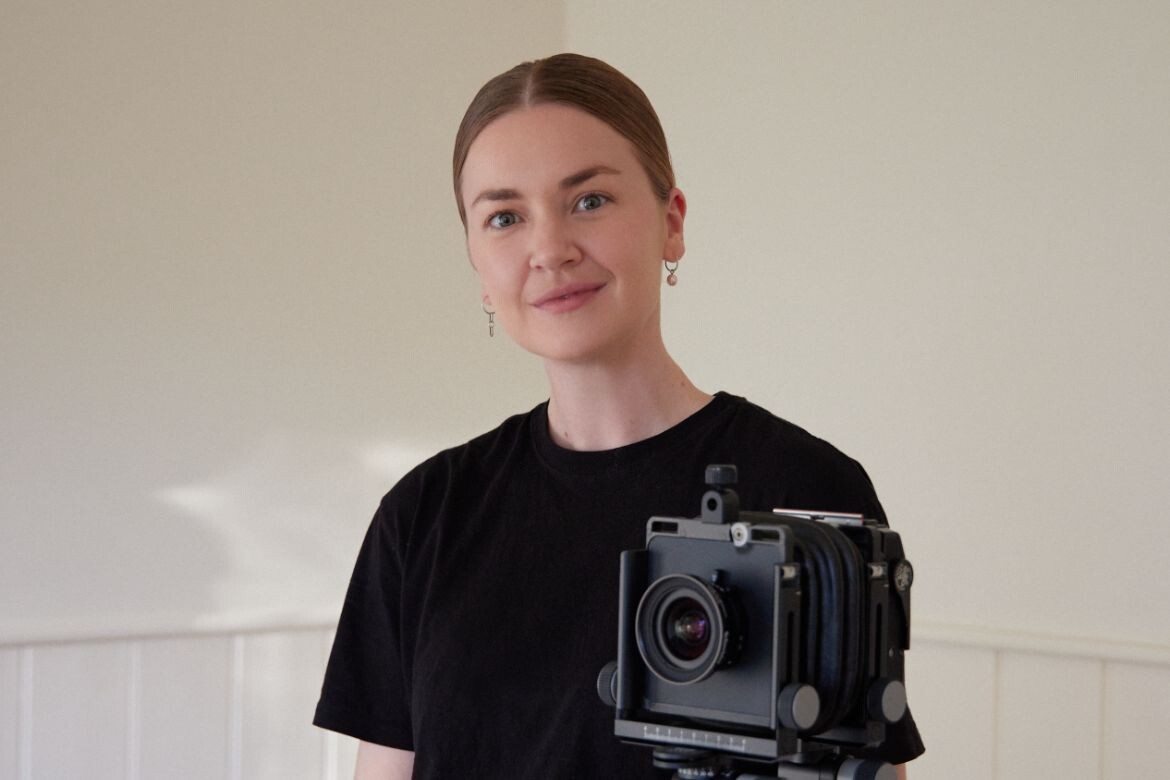
April 8th, 2025
Architectural photographer Tasha Tylee did not set out to be an architectural photographer. During her twenties she practised primarily as a fashion photographer, working on fast-paced shoots that were mentally and physically demanding. Then the Covid-19 pandemic hit and, like many people, Tylee had a chance to pause and reflect. She started to wonder if, perhaps, there was another way she could be a photographer in the creative industries. “I’d always had a love for architecture and design but had never really considered it an option to merge my love for photography with it,” Tylee reflects.
So, she began to explore this field. “The slower pace of photographing architecture really appealed to me; being able to use natural light with minimal gear, a smaller team to work with and not having to direct talent on top of all of this.”

Now, just a few years later, Tylee has photographed for some of Australia’s most well-known firms including Edition Office’s Naples Street House which was the 2024 AIA National Winner of The Robin Boyd Award for Residential Architecture, and travels the world documenting buildings, interiors and design objects. “It’s so nice to be able to have a slower approach, I’m finding it a lot more enjoyable.”
Unlike most architectural photographers, Tylee works with film and analogue cameras, developing her images herself and tweaking their colours and tones to create a sense of depth. She feels this process makes her deliberate in the photographs she takes and how she frames the story of a building through a considered series of images. “Every photo I take costs me around $7 in film and processing so you really can’t afford to burn through it like digital. So by choosing film, I am choosing a more considered approach,” she says.

Tylee’s success in a relatively short space of time as an architectural photographer has, perhaps, attuned her to the power of making shifts in practice – to choose to do things differently, more sustainably. It was Tylee’s focus on how to shift architectural practice that led her to be awarded the 2025 Powerhouse Photography Architectural Commission earlier this month, alongside Jo-Anne Driessens, a Guwa-Koa, Gungarri and Kuku Yalanji photographer who has been awarded the First Nations Right of Reply Photography Commission.
Over the next year, Tylee will work with the Powerhouse’s team and network and use her $20,000 prose money to research and document how architects and the construction industry are embracing natural and sustainable materials in the face of the climate crisis. She will be turning her deliberately slow process not only to the finished buildings that she typically documents, but also to materials’ origins in their natural habitats before they are harvested as well as how they are processed to become building materials. “As a photographer we often only see a project in its final form. Being able to document the process of how the materials are made and where they originate from will give me a deeper appreciation and understanding of the whole process.”
Suggested: Hundreds of events planned as Melbourne Design Week returns
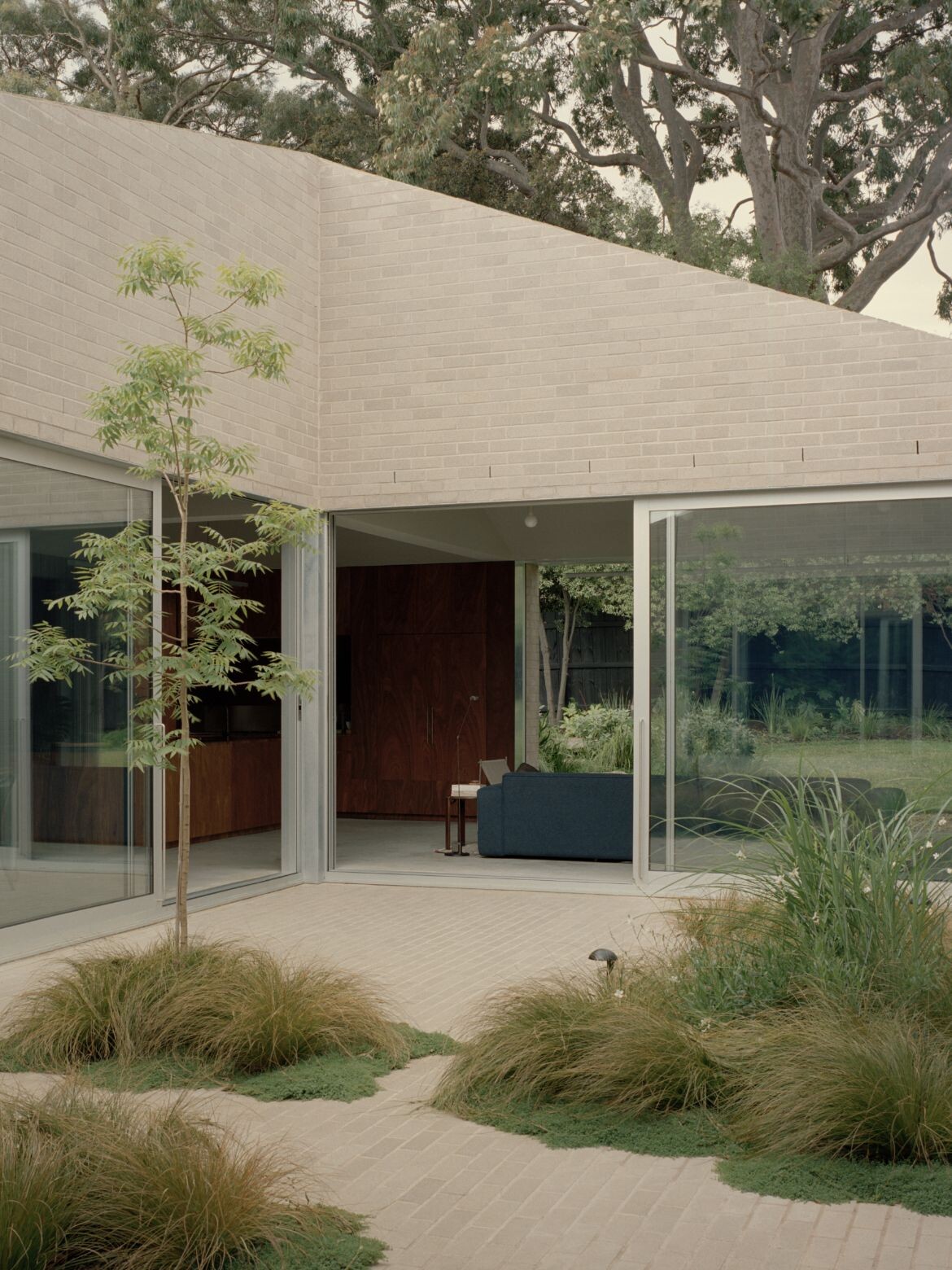

She hopes this understanding will also be made accessible to others through this project. “I think that architectural photographers can contribute to raising more awareness on how the building industry is affecting climate change,” says Tylee, “Imagery is a powerful tool in conveying information.”
While this project gives her a unique opportunity to develop long-term research through her practice, it is quite unusual. “As a photographer most of our work is commissioned so it is primarily out of our hands to be able to make an impact and change the industry as such,” she reflects on her agency. “Luckily a lot of Australian Architecture firms are taking more sustainable routes to design and construction in their projects and practise.”
Ultimately, she believes that while “our role as architectural photographers primarily stands to document architecture and hasn’t changed, hopefully, the architecture that we are documenting is changing.” This commission then reflects and documents this positive and ever-more-urgent shift.
Tasha Tylee
tashatylee.com
Next up: It’s the little things that count at the CIVILIAN Office
INDESIGN is on instagram
Follow @indesignlive
A searchable and comprehensive guide for specifying leading products and their suppliers
Keep up to date with the latest and greatest from our industry BFF's!

Rising above the new Sydney Metro Gadigal Station on Pitt Street, Investa’s Parkline Place is redefining the office property aesthetic.
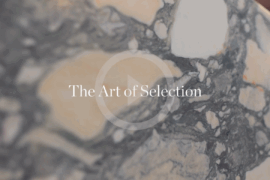
CDK Stone’s Natasha Stengos takes us through its Alexandria Selection Centre, where stone choice becomes a sensory experience – from curated spaces, crafted details and a colour-organised selection floor.

For Aidan Mawhinney, the secret ingredient to Living Edge’s success “comes down to people, product and place.” As the brand celebrates a significant 25-year milestone, it’s that commitment to authentic, sustainable design – and the people behind it all – that continues to anchor its legacy.
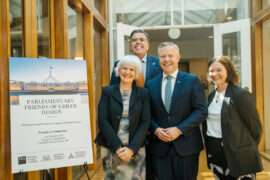
The Parliamentary Friends reconvened at Parliament House, uniting political and professional leaders to champion architecture and design.
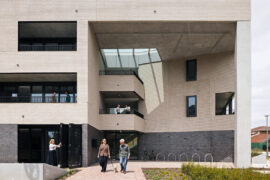
Brett Ward, General Manager of Marketing at Brickworks, tells us how modern approaches to sustainability are intersecting with the long history of the brick.
The internet never sleeps! Here's the stuff you might have missed

‘Come Together’ takes a global view of multigenerational design, an increasingly popular phenomenon with some especially notable examples in Australia.
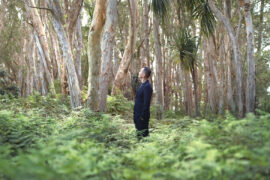
In Naturalizing Architecture, Takada moves beyond biomimicry to propose a regenerative vision for the urban environment.